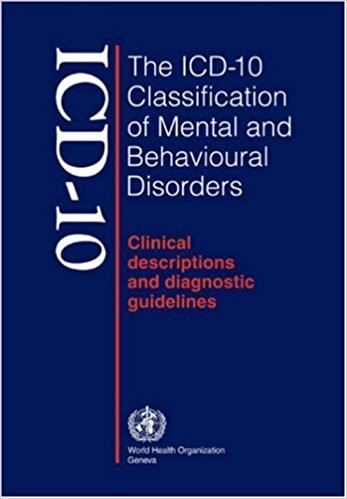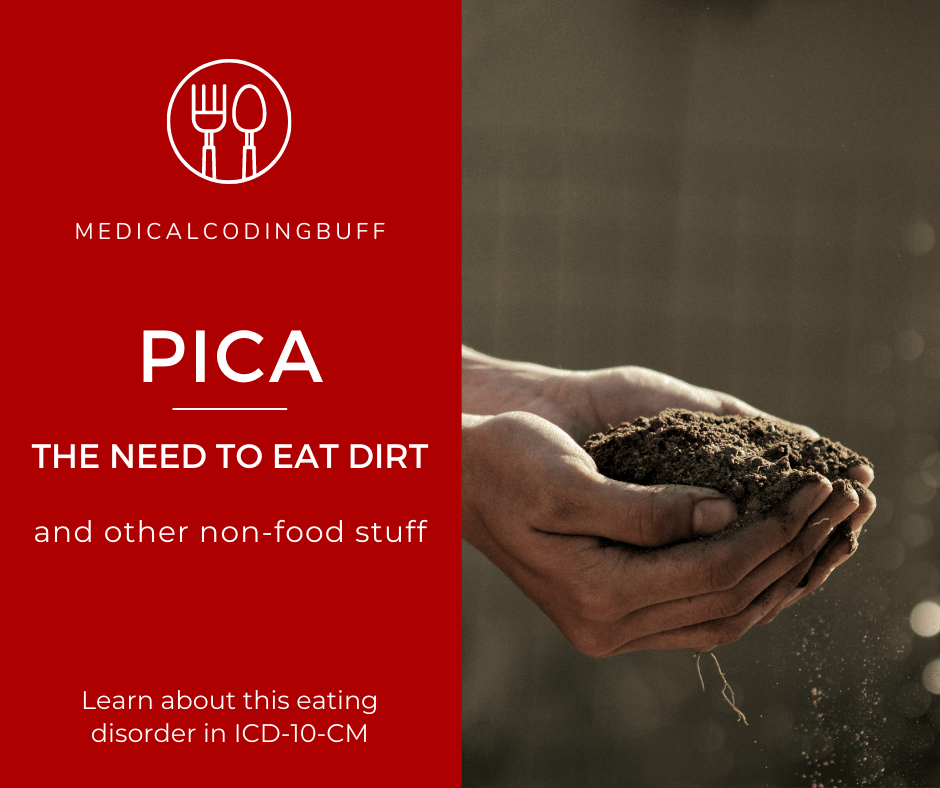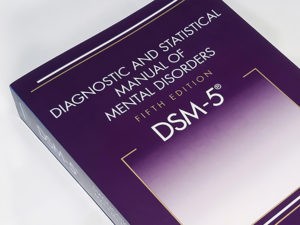eating hair disorder icd 10
It can then be verified in the Tabular as F5089 Other specified eating disorder. Pica is another eating disorder that involves eating non-food substances such as ice dirt soil chalk soap paper hair cloth wool pebbles laundry detergent or cornstarch.
These people may often weigh themselves repeatedly severely restrict the amount of food and consume very.

. In trichophagia people with trichotillomania also ingest the hair that they pull. Anorexia Nervosa According to the ICD-10. Eating Hair Disorder Icd 10.
1 Anorexia nervosa is an eating disorder as recognized by both ICD-10 and DSM-IV-TR. F509 is a billablespecific ICD-10-CM code that can be used to indicate a diagnosis for reimbursement purposes. Mental and behavioural disorders F00F99 Behavioral syndromes associated with physiological disturbances and physical factors F50-F59 Eating disorders F50 F50 - Eating disorders NON-BILLABLE CODE.
There is a persistent preoccupation with eating and an irresistible craving for food. F633 is a billablespecific ICD-10-CM code that can be used to indicate a diagnosis for reimbursement purposes. The 2022 edition of ICD-10-CM F509 became effective on October 1 2021.
Available for iPhone iPad Android and Web. Pica describes persistent eating of non-food substances such as earth chalk metal or plastic objects hair or faeces. Bulimia nervosa is described by ICD-10 code F502 Bulimia nervosa.
Feeding disorder in infancy or childhood F982- F500. 29699 F348 Disruptive Mood Dysregulation Disorder. F500 - Anorexia nervosa NON-BILLABLE CODE.
This is the American ICD-10-CM version of F509 - other international versions of ICD-10 F509 may differ. The ICD code F509 is used to code Eating disorder not otherwise specified. Trichophagia is the compulsive eating of hair associated with trichotillomania hair pulling.
Eating disorder not otherwise specified EDNOS is an eating disorder that does not meet the criteria for anorexia nervosa or bulimia nervosa. This disorder can be observed in children and adolescents and Adults. This code can be located in the Alphabetic Index under Pica in adults F5089.
Sub-threshold symptoms of anorexia nervosa or bulimia nervosa mixed features of both disorders. The 2022 edition of ICD-10-CM F633 became effective on October 1 2021. F509 - Eating disorder unspecified answers are found in the ICD-10-CM powered by Unbound Medicine.
ICD-10 Description Depressive Disorders. According to the National Institutes of Health as many as 32 percent of children ages one to six have this behavior. Hair-Pulling Disorder Obsessive-Compulsive Related Disorders.
Billable codes are sufficient justification for admission to an acute care hospital when used a principal diagnosis. Feeding and Eating Disorders. The term is derived from ancient Greek θρίξ thrix hair and φαγεῖν phagein to eat.
Eating disorder is defined as a persistent disturbance of eating behavior or behavior intended to control weight which significantly impairs physical health or psychosocial functioning often turning out to be chronic psychiatric conditions. Subscribe to Codify and get the code details in a flash. In ICD-10 and DSM-IV pica is included among the disorders with onset usually occurring in childhood and adolescence and adult presentations are coded elsewhere eg as an EDNOS.
F633 is a billable diagnosis code used to specify a medical diagnosis of trichotillomania. A billable code is detailed enough to be used to specify a medical diagnosis. 3071 F5001 Anorexia Nervosa - Restricting type.
These disorders have a lifetime prevalence above 10 and a point prevalence of at least 5 and rates are increasing in many parts of the world 345Eating disorders EDs are associated with elevated rates of morbidity. 6984 L981 Excoriation Skin-Picking Disorder. ICD-10 Codes for Eating Disorders ICD-10-CM codes for common eating disorders Anorexia Nervosa People with anorexia nervosa may see themselves as overweight even when they are dangerously underweight.
This is the American ICD-10-CM version of F633 - other international versions of ICD-10 F633 may differ. ICD-10 code F50 for Eating disorders is a medical classification as listed by WHO under the range - Mental Behavioral and Neurodevelopmental disorders. Improving diagnostic guidelines for feeding and eating disorders FEDs in ICD-11 has significant implications for prevention and treatment.
The ICD-10-CM code F633 might also be used to specify conditions or terms like habits involving hair - finding habitual pulling own hair or. F508 is a billable ICD code used to specify a diagnosis of other eating disorders. Trichotillomania usually develops just before or during the early teens most often between the ages of 10 and 13 years and its often a lifelong problem.
The code F633 is valid during the fiscal year 2022 from October 01 2021 through September 30 2022 for the submission of HIPAA-covered transactions. ICD-10-CM Code F508Other eating disorders. Pica is a compulsion to eat non-food items such as clay dirt hairballs ice etc.
She also stated that she chews on ice in place of eating nutritious foods for many of her meals. Anorexia NOS R630 feeding difficulties R633 polyphagia R632 Excludes2. ICD-10-CM-Code for Bulimia nervosa F5002- Bulimia nervosa.
It is characterized by excessive. In extreme cases this can lead to a hair ball trichobezoar. For a definite diagnosis ALL of the following are required.
ICD-10 code F50 for Eating disorders. After a thorough workup the patient was diagnosed with pica. F681 intentional production or feigning of symptoms or disabilities either physical or psychological factitious disorder in the absence of a confirmed physical or mental disorder disease or disability the.
In ICD-10 diagnoses of atypical anorexia nervosa F501 and atypical bulimia nervosa F503 are specified as unique disorders but any other eating disorder may receive the code of F508 for other eating disorders. Infants also can be prone to hair pulling but this is usually mild and goes. F5000 - Anorexia nervosa unspecified BILLABLE CODE.
Individuals with EDNOS usually fall into one of three groups. The patient succumbs to episodes of overeating in which large amounts of food are consumed in short periods of time.

Kidney Stones Recovery Kidney Disease Dogs Pinterest Chronic Kidney Disease Kidney Disease Symptoms And Kidney Disease

Lutein Pure Gold For Eye Brain Skin Health Natural Grocers Skin Health Lutein Health

Kidney Stones Recovery Kidney Disease Dogs Pinterest Chronic Kidney Disease Kidney Disease Symptoms And Kidney Disease

Disorder Groupings In The Icd 11 Chapter On Mental Behav Ioural And Download Scientific Diagram
/psychosis-vs-schizophrenia-5095195_final-42cb304e269948519136e8f0f4cdc0da.jpg)
What Is The Difference Between Psychosis And Schizophrenia

Eeg Brain Activity Brain Activities Epilepsy Medical Education

Kidney Stones Recovery Kidney Disease Dogs Pinterest Chronic Kidney Disease Kidney Disease Symptoms And Kidney Disease

International Classification Of Diseases And Ocd Ocd Uk

Neuroma Diabetic Neuropathy Neuropathy Nerve Disorders

Kidney Stones Recovery Kidney Disease Dogs Pinterest Chronic Kidney Disease Kidney Disease Symptoms And Kidney Disease

Ocd And Adhd Comorbid Symptoms And Treatment

Pica Eating Disorder And Correct Coding In Icd 10

Nobel Winners Decoded How Neurons And Cells Talk To Each Other Neurons Nobel Prize In Physiology Or Medicine Cell






